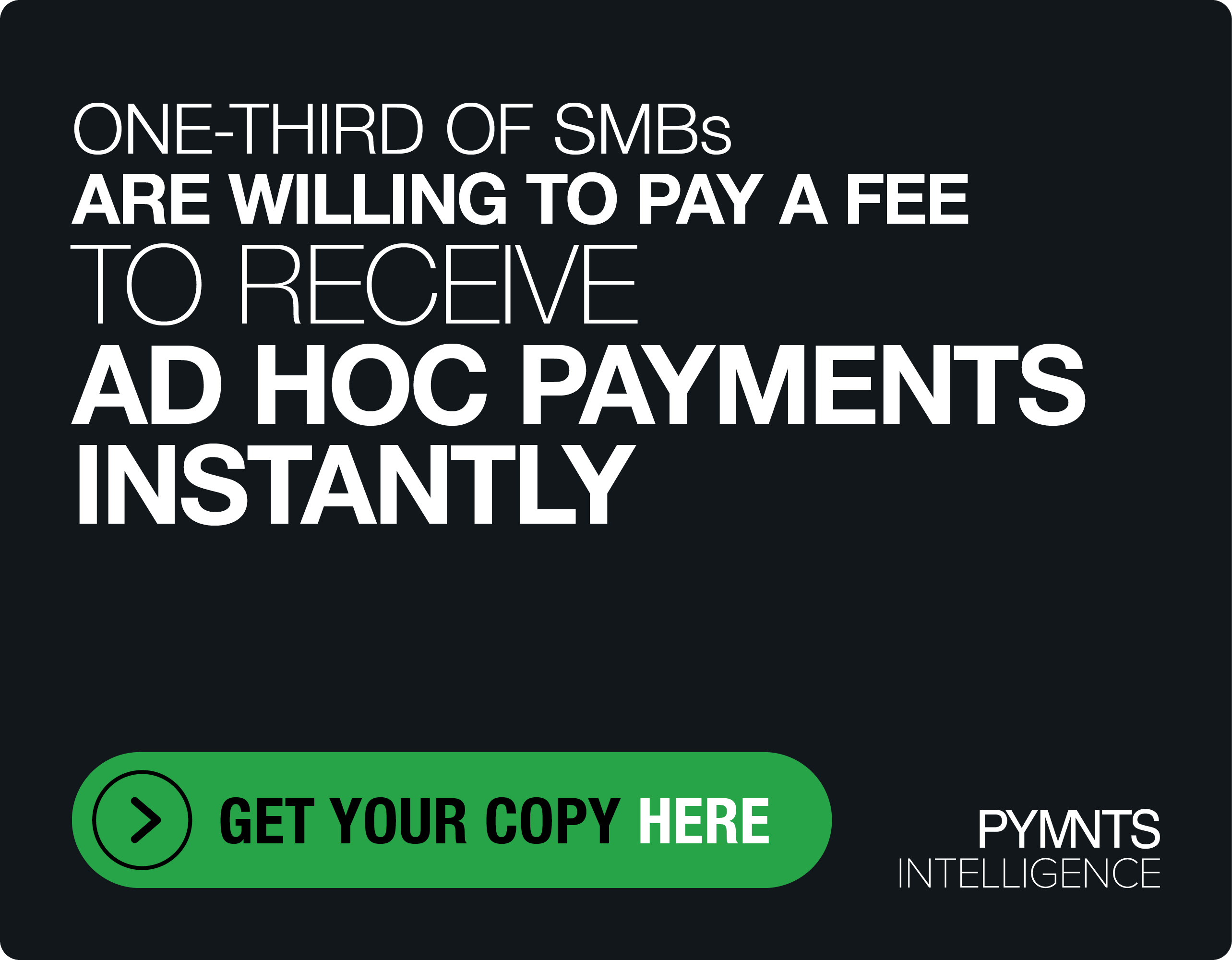Lack of Consumer Protections Seen as FedNow Headwind
Andy McHale, senior director of product and market strategy at Spreedly, told PYMNTS that the future looks bright for faster payments here in the United States — and globally.
Instant options, he said — during a conversation held as part of the “What’s Next in Payments” series, delving into what will turbocharge momentum in 2024 — offer a “great area of growth” within payments.
But the evolution and adoption of faster payments is markedly different on a region-by-region, country-by-country basis.
Some of those differences, he said, are driven by the differences in the emergence of the instant payment schemes themselves, tied to whether the markets have been spurred by organic, economic growth or by regulators effectively “forcing” the use of instant payments.
He offered up the example of Brazil, where PIX, the payment method developed by the central bank, has set requirements in place mandating that the offering be free, and that financial institutions (FIs) have had to participate.
But in places such as the United States, he said, “where we have a few different flavors of instant payments, consumer adoption may be a bit more challenging with certain use cases.”
But widespread adoption will indeed take place over time, McHale said, adding that B2B payments are likely to see significant benefits from faster fund flows in the near term.
McHale pointed to the FedNow® Service, saying it provides a strong framework where FIs and merchants can sign on to offer and enable instant payments. Consumers demanding instant fulfillment of orders for goods and services won’t have to wait for merchants’ funds to settle or ACH payments to clear.
“One of the big benefits for merchants using instant payments rails,” said McHale, “is that the fees are much lower — and that comes with the lack of disputes and chargebacks.”
The data that comes with the rise of open banking and enhanced messaging (through ISO 20022) can give FIs and merchants insight into how new use cases can be developed for consumers and enterprises.
Speed, of course, demands ever-constant focus on security, and McHale noted that here in the States, the Consumer Financial Protection Bureau is examining improvements to fraud prevention.
A stronger approach to risk management of instant transactions, along with stronger credentials, he said, must tie in with a change in thinking about the “push” transactions themselves. These transactions — both instant payments and P2P transactions — do not have the same dispute rules and consumer protections that are seen with card networks.
“There’s a need for consumer protection regulation,” McHale said.
The Interoperability Factor
Asked by PYMNTS about interoperability — the linking of disparate instant payment systems together — McHale pointed to the EU as a key example of where things may be headed. There are already established standards in the region, and an interoperability framework is being created to enable SEPA rails to communicate with other types of payments rails to enable transfers across borders.
A common framework would be especially valued, he said, given the fact that so many businesses operate globally and have challenges moving funds between different countries. Those efforts will be smoothed even further by the fact that there are already a number of platforms that are seeking to solve pain points, creating their own bridges, so to speak, that float funds between far-flung payment rails, operating as middlemen, McHale noted.
Looking ahead, he said that data-rich faster payments ecosystems will develop with input and impetus from non-bank entities including marketplaces and FinTechs.
“You’re going to see a lot of centralized experiences,” he said, as customers can go online to see all of their cards and accounts, across all providers, in one place as users can move funds from place to place without friction.
“There’s absolutely room for [instant payments] to grow, and it’s no flash in the pan,” McHale told PYMNTS. “There will be a mix of interesting payment options for consumers going forward.”

